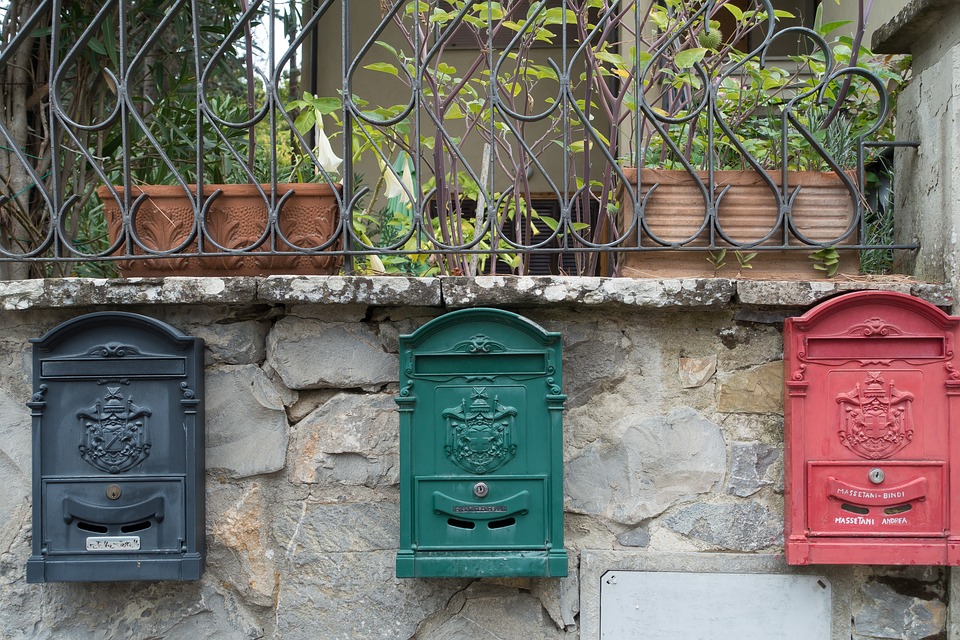Title: The Ultimate Guide to Email Marketing Workflow
Email marketing is a crucial aspect of digital marketing. It has been tried, tested, and proven effective in driving conversions and generating profits. However, simply sending out an email to your subscribers is not enough. You need a solid email marketing workflow that will take your subscribers on a journey towards conversion.
In this ultimate guide, we’ll take you through everything you need to know to create a successful email marketing workflow.
What is Email Marketing Workflow?
Email marketing workflow refers to the process of creating and sending marketing emails to subscribers. A good workflow involves a sequence of emails that are strategically crafted to meet specific objectives like nurturing leads, promoting sales, and encouraging customer loyalty.
An effective email marketing workflow has the following elements:
1. Creating a targeted email list
2. Creating high-quality email templates
3. Creating and scheduling a sequence of emails
4. Tracking and refining campaign performance
5. Segmenting recipients based on engagement
Creating a Targeted Email List
The first step in creating a successful email marketing workflow is building a targeted email list. You must obtain permission from website visitors before adding them to your list. This will ensure that your emails are welcomed and not spammy.
You can build your email list in the following ways:
1. Using a website opt-in form
2. Offering a lead magnet or incentive for signing up
3. Running paid ads on social media platforms
Creating High-Quality Email Templates
Once you have a targeted email list, it’s time to create quality email templates that engage your audience. Your email templates should:
1. Be relevant to your audience
2. Be professional and aesthetically pleasing
3. Have a clear call to action
Creating and Scheduling a Sequence of Emails
A well-crafted email sequence is critical to the success of your email marketing campaign. Each email in the sequence should be designed to engage your audience and encourage them towards conversion. You can segment your email sequence into:
1. Welcome emails
2. Educational emails
3. Sales emails
4. Promotional emails
5. Newsletter emails
6. Re-engagement emails
Tracking and Refining Campaign Performance
Tracking the performance of your email marketing campaign is vital in refining it. Use email marketing software to monitor key metrics such as open rates, click-through rates, and conversion rates. You can then use this data to improve your email sequence, templates, and targeting.
Segmenting Recipients Based on Engagement
Segmenting your email list based on engagement is crucial in ensuring that your emails are tailored to the right audience. Use data such as the recipient’s previous purchases, interests, and browsing behavior to create a targeted email list. In doing so, you increase the chances of converting leads into loyal customers.
Conclusion
Email marketing is not only still relevant, but it is also growing in popularity. A well-crafted email marketing workflow is essential in achieving your marketing objectives. Remember to build a targeted email list, create high-quality email templates, create and schedule an email sequence, track your campaign performance, and segment recipients based on engagement. In doing so, you’ll have a solid email marketing workflow that drives conversion and generates profits.
FAQs
Q1. What is the best day and time to send marketing emails?
A1. The best day and time to send marketing emails depend on your target audience’s behavior. Analyze your data and find out when your emails are most likely to be opened and engaged with.
Q2. How many emails should be in an email sequence?
A2. The number of emails in an email sequence should be enough to engage your audience but not too many as to overwhelm them. Five to seven emails per sequence are usually enough.
Q3. What is the difference between a promotion and a sales email?
A3. Promotional emails are meant to create awareness while sales emails aim to generate sales. Promotional emails provide value, while sales emails have a clear call to action.
Q4. How often should you send marketing emails?
A4. The frequency of sending marketing emails should be based on your audience behavior, objectives, and preferences. Find a balance that does not cause email fatigue or spamming.
Q5. Can I buy an email list?
A5. No, buying an email list is not ethical and can result in low engagement and permanent subscribers loss. Build a targeted email list organically to ensure high engagement and conversions.






